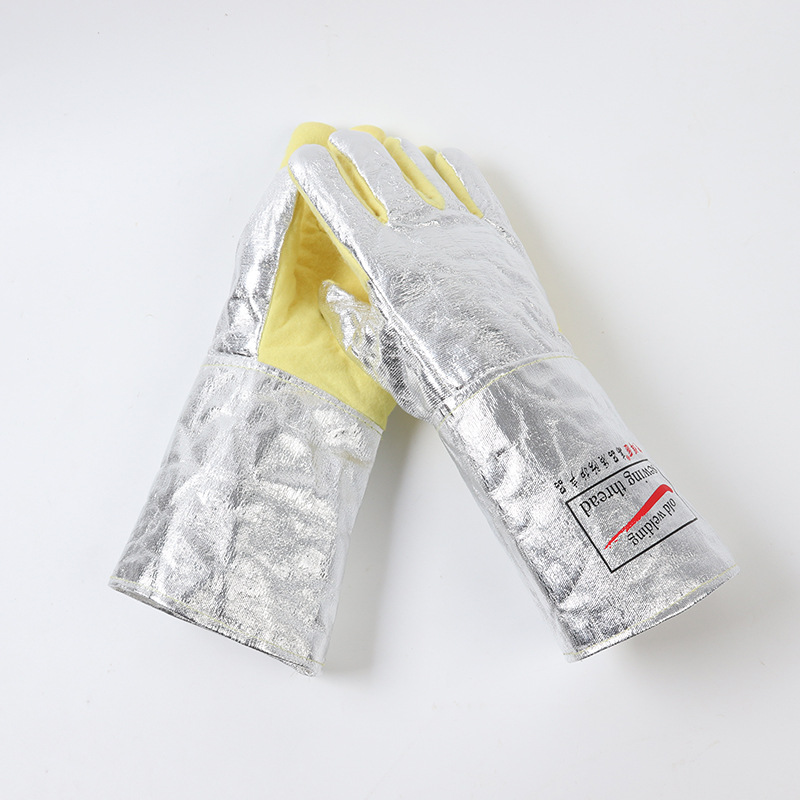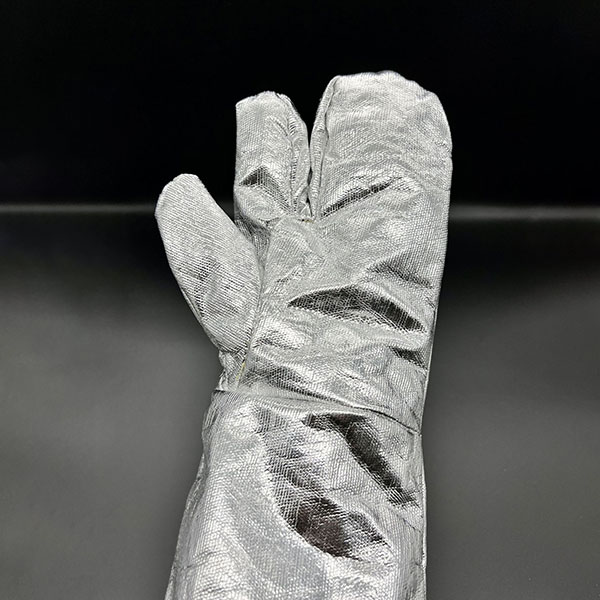
China disposable latex factory gloves
## Chinese disposable latex gloves: factories, production and quality
China occupies a leading position in the global production of disposable latex gloves. Many factories, large and small, located throughout the country, provide a huge volume of products, satisfying the needs of both the domestic market and export. This makes Chinese gloves affordable for a wide range of consumers. However, such large -scale production raises important questions about quality and standards.
### variety of products and price range
Chinese factories offer a wide range of disposable latex gloves that differ in size, thickness, surface texture (smooth or textured) and purpose. You can find gloves for medical institutions, food industry, beauty salons and for home use. This variety directly affects the price range: from budget options for household needs to more expensive, corresponding to strict medical standards. The choice of a specific type of gloves depends on your individual needs and quality requirements.
### Quality Control and Security Standards
The quality of Chinese latex gloves varies depending on the manufacturer. Large and reputable factories, as a rule, comply with international standards and go through strict quality checks at each stage of production. They use high -quality latex and modern equipment, which guarantees the reliability and safety of products. However, there are also manufacturers with less stringent control standards on the market, which can lead to inconsistency with the declared characteristics and potential problems with quality. Therefore, when choosing a supplier, it is important to pay attention to certificates of conformity and consumer reviews.
### Environmental impact
Mass production of disposable latex gloves inevitably affects the environment. The decomposition of latex takes a long time, so the issues of processing and reducing the amount of waste are relevant. Environmentally friendly alternatives, such as nitrile or vinyl gloves, are becoming more and more in demand. Some Chinese factories have already begun to implement programs to reduce the environmental trace of their production, but this direction requires further development and attention from manufacturers and consumers.
AppropriateProducts
Corresponding products
The best soldproducts
The best -selling products-
 Brown welding gloves made of oxide leather
Brown welding gloves made of oxide leather -
 Dust respirator protection against industrial dust Air permeable KN95
Dust respirator protection against industrial dust Air permeable KN95 -
 Clean shield disposable masks ordinary protective masks for adults
Clean shield disposable masks ordinary protective masks for adults -
 Sustainable temperatures insulating gloves from aluminum foil thickened aramid gloves of labor protection gloves
Sustainable temperatures insulating gloves from aluminum foil thickened aramid gloves of labor protection gloves -
 Disposable mask with three layers of protection
Disposable mask with three layers of protection -
 Gloves resistant to low temperatures cold storage of antifreeze with liquid nitrogen protection
Gloves resistant to low temperatures cold storage of antifreeze with liquid nitrogen protection -
 Gloves resistant to high temperatures Aramid insulating gloves
Gloves resistant to high temperatures Aramid insulating gloves -
 Welding gloves for labor insurance
Welding gloves for labor insurance -
 Heat -resistant and protecting from burns short welding gloves for labor insurance
Heat -resistant and protecting from burns short welding gloves for labor insurance -
 A heat -resistant helmet of aluminum foil
A heat -resistant helmet of aluminum foil -
 Aluminum foil gloves with aramid oral skin
Aluminum foil gloves with aramid oral skin -
 Anti -School Berushi from a foam with a wire
Anti -School Berushi from a foam with a wire
Connectedsearch
Related search- Leading buyers of valve respirators in China
- Disposable gloves size l manufacturers in China
- Manufacturers of aluminum foil masks in China
- Cheap manufacturers of sterile disposable gloves
- Cheap dust masks the main countries of the buyer
- Welding gloves in China
- The best countries-buyer disposable nitrilum gloves size 100pcs from China
- Suppliers of wholesale welding leather gloves
- Cheap factory of protective gloves
- Manufacturers of wholesale sterile gloves












